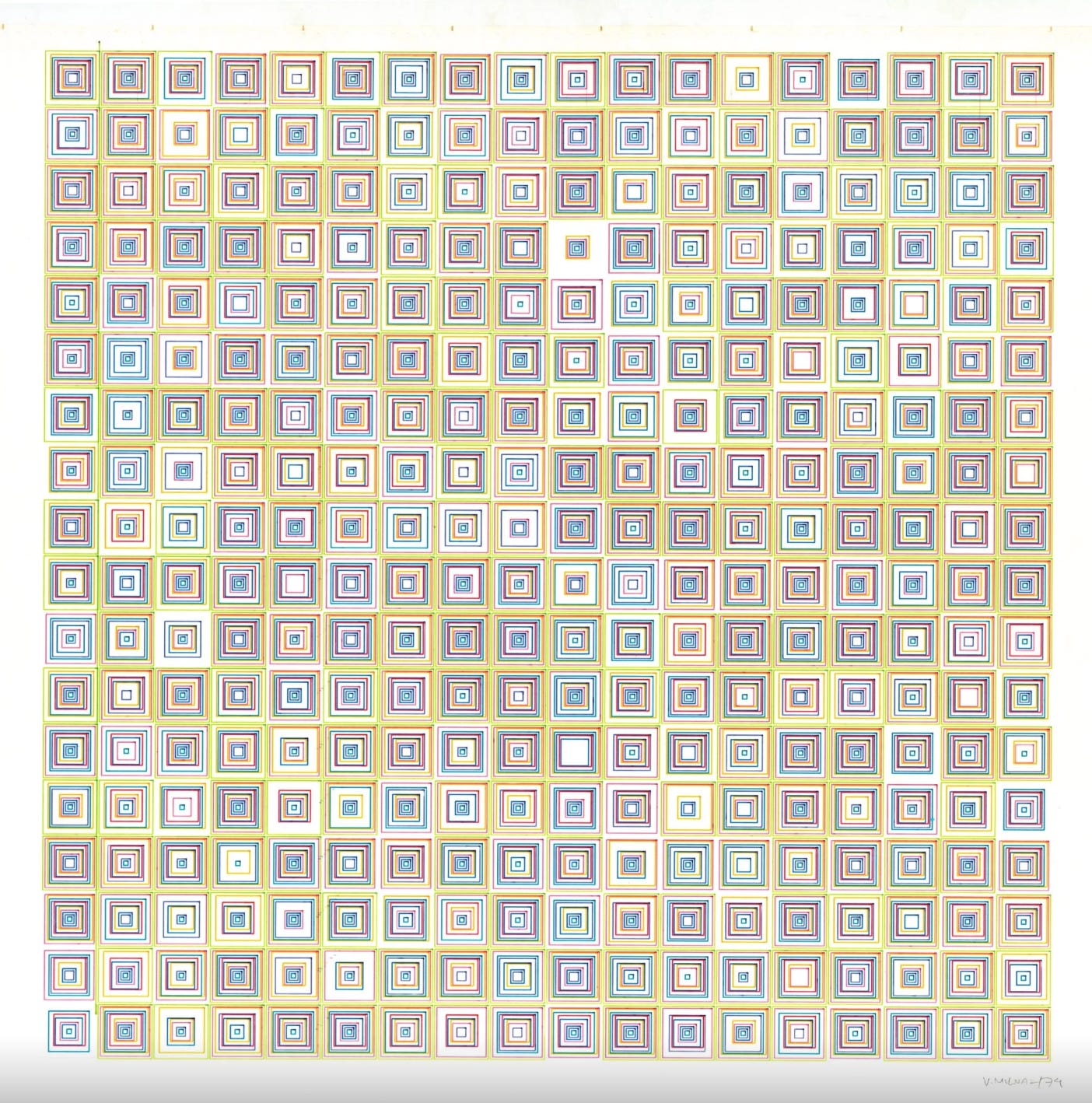From Canvas to Code: The Fascinating World of Abstract Generative Art
A Deep Dive into the Complexity and Creativity of Digital Art Forms
The Beauty of Abstract Generative Art
Abstract generative art is a form of digital art that utilizes algorithms and computer programs to create unique and visually striking works of art. The beauty of abstract generative art lies in its ability to evoke emotions and sensations, capture the complexity and randomness of nature, and encourage creativity and experimentation.
Unique Visual Qualities
One of the most striking qualities of abstract generative art is its unique visual style. Created through a combination of algorithms, randomness, and feedback loops, these artworks often have intricate and highly detailed patterns that are impossible to replicate through traditional methods.
Many abstract generative artworks feature intricate geometric shapes, patterns, and colors that create a mesmerizing visual effect. These patterns can be made up of a vast number of elements, often numbering in the thousands or even millions, that are arranged in complex and unpredictable ways.
Emotions and Sensations
Abstract generative art can also evoke a range of emotions and sensations in the viewer. These artworks can be calming, hypnotic, or even disorienting, depending on their design and the patterns they use.
For example, some abstract generative artworks use repeating patterns that create a sense of movement or flow. Others use fractal patterns that mimic the natural world, creating a sense of organic complexity and beauty.
Capturing the Complexity of Nature
One of the most significant benefits of abstract generative art is its ability to capture the complexity and randomness of the natural world. These artworks can be created through a process of procedural generation, in which a computer program generates elements based on rules and randomness.
This process can create artworks that are highly detailed and intricate, yet still have a natural and organic feel to them. Some abstract generative artworks even mimic the patterns and shapes found in nature, such as the branching structure of a tree or the swirling motion of a whirlpool.
Encouraging Creativity and Experimentation
Finally, abstract generative art encourages creativity and experimentation in the artistic process. By utilizing algorithms and computer programs, artists can explore new techniques and push the boundaries of traditional artistic methods.
Artists can experiment with different algorithms, rules, and parameters to create unique and unexpected results. This encourages a sense of play and exploration in the artistic process, leading to new discoveries and innovations in the field.
Examples of Abstract Generative Art
There are many examples of abstract generative art, ranging from classic works by pioneers of the field to contemporary pieces by modern artists.
One of the pioneers of abstract generative art is Vera Molnar, a Hungarian-born artist who began working with computers in the 1960s. Her works often feature intricate geometric patterns created through algorithms and computer programs.
Within the vast and diverse world of art, there are countless examples of successful artists who have made their mark in various forms and genres. In the realm, there are a select few individuals who have truly excelled and left a lasting impact on the field. XCOPY, Loren Bednar, and Holger Lippmann, are some examples of these successful abstract generative art artists.
Applications of Abstract Generative Art
Abstract generative art has a range of applications beyond the art world. For example, it can be used in commercial settings such as advertising and product design, as well as in scientific research and data visualization.
Abstract generative art can also be used in education to teach programming and algorithmic thinking. By introducing students to the principles behind generative art, educators can help to inspire creativity and innovation in the next generation of artists and technologists.
Criticisms of Abstract Generative Art
Despite its many benefits, abstract generative art is not without its critics. Some argue that computer-generated art lacks the emotional depth and authenticity of traditional art forms, while others debate whether generative art can be considered true art at all.
There is also a concern that artists may become overly reliant on technology in the creative process, potentially limiting the range of artistic expression and innovation.
However, these criticisms do not diminish the unique beauty and value of abstract generative art. As with any art form, there will always be debates and disagreements over its merits and limitations. But for those who appreciate the intricate patterns and organic complexity of abstract generative art, there is no denying its power to captivate and inspire.
Abstract generative art is a unique and visually stunning form of digital art that has captured the imagination of artists and audiences alike. Its ability to evoke emotions and sensations, capture the complexity and randomness of nature, and encourage creativity and experimentation make it a valuable and important part of the artistic landscape.
Through the use of algorithms and computer programs, abstract generative art pushes the boundaries of traditional artistic methods and opens up new avenues of creative expression. As technology continues to advance and evolve, it will be exciting to see how artists continue to innovate and explore the possibilities of abstract generative art.
Until next time,
- Kaloh
Consider subscribing to Kaloh’s Newsletter to receive my articles for free in your inbox. For the full experience, become a premium subscriber.
What you’ll get:
Receive premium and public posts, and access the full archive.
Access to my private Discord server with over 300 digital art enthusiasts.
Participate in monthly giveaways.








